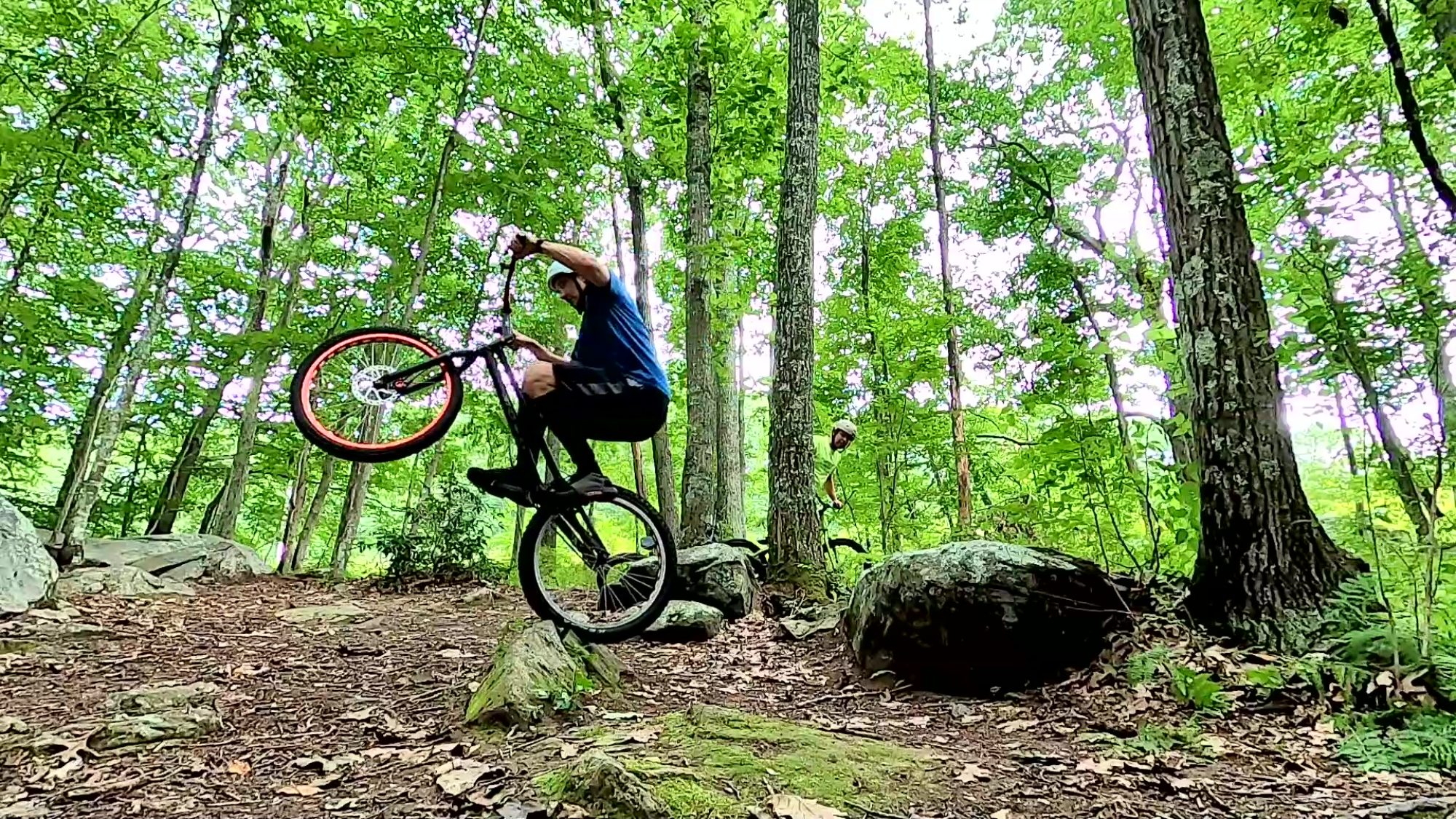
The moon is probably my favorite celestial object to photograph for a few reasons. It’s very relatable – everyone can see it with the naked eye. There is plenty of detail and nuance, that can provide endless hours of viewing, study, and appreciating. Every month, the moon goes through its phases, so every night offers a slightly different view, with different lighting and shadows offering different perspectives of the same features throughout the cycle. You can photograph it with a telephoto lens to get some decent photos. Or you can use a simple smartphone camera to shoot through a telescope to get better detail.
Photographing the Moon Using a Telescope
Even with a simple telescope such as my Orion XT6 Dobsonian, you can get some pretty amazing views and photos of the moon, such as the one above. The Dobsonian mount doesn’t allow motorized tracking, so the moon slides through the view in a short time, but since it’s so bright (even using a moon filter to dim the exposure), even a smartphone’s camera can get some decent shots, though it does take some finagling.
There are some interesting details in the photo above that I find fascinating to look at. The mountains just past the terminator (the line of shadow) are high enough that the sunlight hits their peaks. Also near the terminator, the sun angle provides some great contrast of the crater walls, making it easier to see their details. In the lava plains, you can see that the moon’s surface isn’t smooth completely; it almost looks like waves in some places. In some locations, you can see striking variations in color and light/dark shading. And of course you can see bright rays of material that have been ejected by high speed meteor impacts.
Lunar Photography Using a Handheld Camera
While the telescope views yield fantastic details, I have been able to take some pretty decent photos using a digital single lens reflex (DSLR) camera with a 300 mm zoom lens. The photos below give an example of what is possible with a handheld camera and a fairly steady atmosphere. It usually takes several attempts to get the focus, ISO, and shutter speed settings optimized, as well as to hold my breath and keep still enough to avoid blurring.


